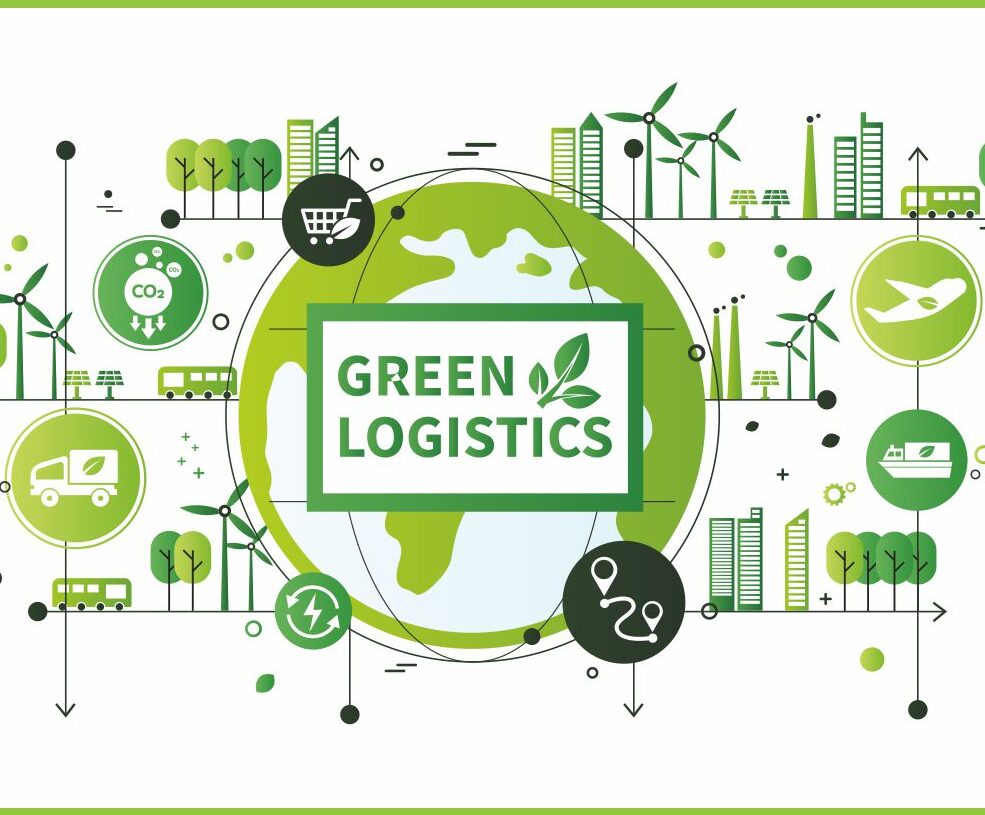As environmental concerns intensify, companies face mounting pressure to embed sustainability within their global supply chains. With regulators, investors, and consumers demanding action, businesses are actively embracing eco-friendly practices. Environmental, Social, and Governance (ESG) considerations are now central to supply chain decisions.
Sustainable Logistics as a Competitive Differentiator
Green logistics is fast becoming a competitive edge as companies rethink traditional practices to reduce their carbon footprint. Many organizations now opt for energy-efficient warehousing, route optimization, and sustainable packaging. As a result, logistics functions are evolving from cost centers to sustainability drivers.
Transitioning Toward a Circular Economy Model
To minimize waste and promote reuse, companies are moving toward circular economy supply chain models. By designing products for durability and recyclability, businesses are reducing dependency on raw materials. Moreover, reverse logistics processes are being optimized to retrieve and reuse components efficiently.
Eco-Friendly Transportation Gains Traction
Sustainable transportation is a core focus for reducing emissions in global supply chains. Businesses are investing in electric vehicles, LNG-powered fleets, and multi-modal transport systems. These alternatives not only cut emissions but also align with rising fuel efficiency standards worldwide.
Sustainable Sourcing: A Strategic Imperative
Procurement teams are prioritizing suppliers with strong environmental credentials and ethical sourcing practices. This shift ensures compliance with ESG mandates and builds resilient supplier relationships. Consequently, companies are mapping supply chain risks through ESG-focused supplier scorecards and audits.
Regulatory Landscape Fuels Urgency for Change
Stricter environmental regulations, such as the European Union Emissions Trading System (EU ETS), are compelling companies to act swiftly. Under such frameworks, supply chain emissions are monitored, taxed, or penalized, directly affecting operational costs. Thus, regulatory compliance now drives innovation in supply chain sustainability.
Technology as a Catalyst for Sustainability Goals
Companies are leveraging connected technologies to monitor and manage their environmental impact in real time. Tools such as IoT sensors, AI-driven analytics, and blockchain help track emissions, verify sourcing claims, and optimize resource use. These innovations enhance visibility and accountability across complex global networks.
Investor and Consumer Demands Shape Supply Chain Priorities
Stakeholders increasingly demand transparency in environmental impact reporting. Consequently, sustainability metrics are now reported alongside financial performance. Investors assess ESG performance before funding, while consumers favor brands with green supply chain practices.
Conclusion: Sustainability as a Core Supply Chain Mandate
Sustainability is no longer optional but a strategic mandate reshaping the global supply chain landscape. Companies must adapt to growing ESG expectations and regulatory demands while harnessing innovation to stay competitive. The transition to green supply chains ensures long-term value, resilience, and environmental stewardship.

